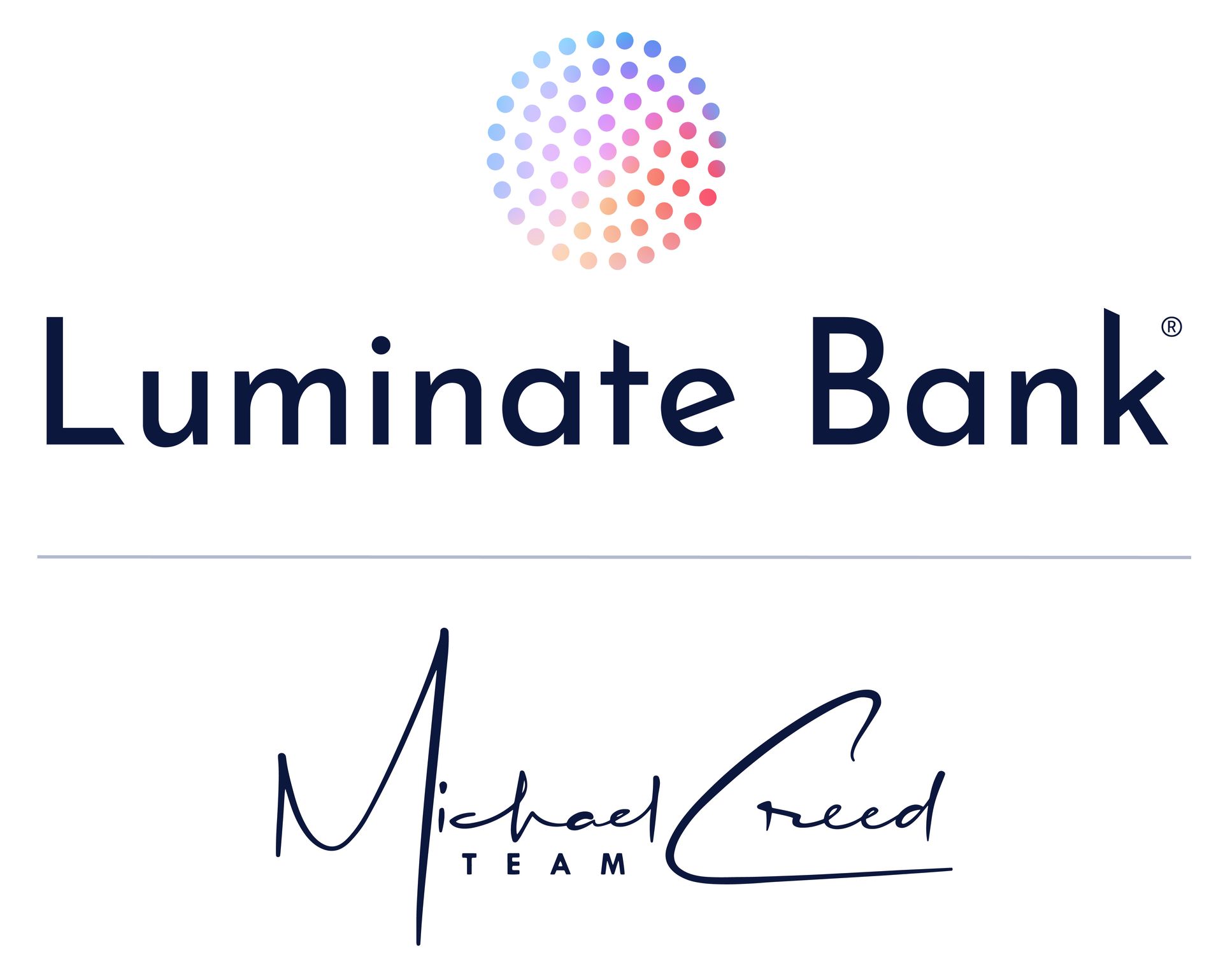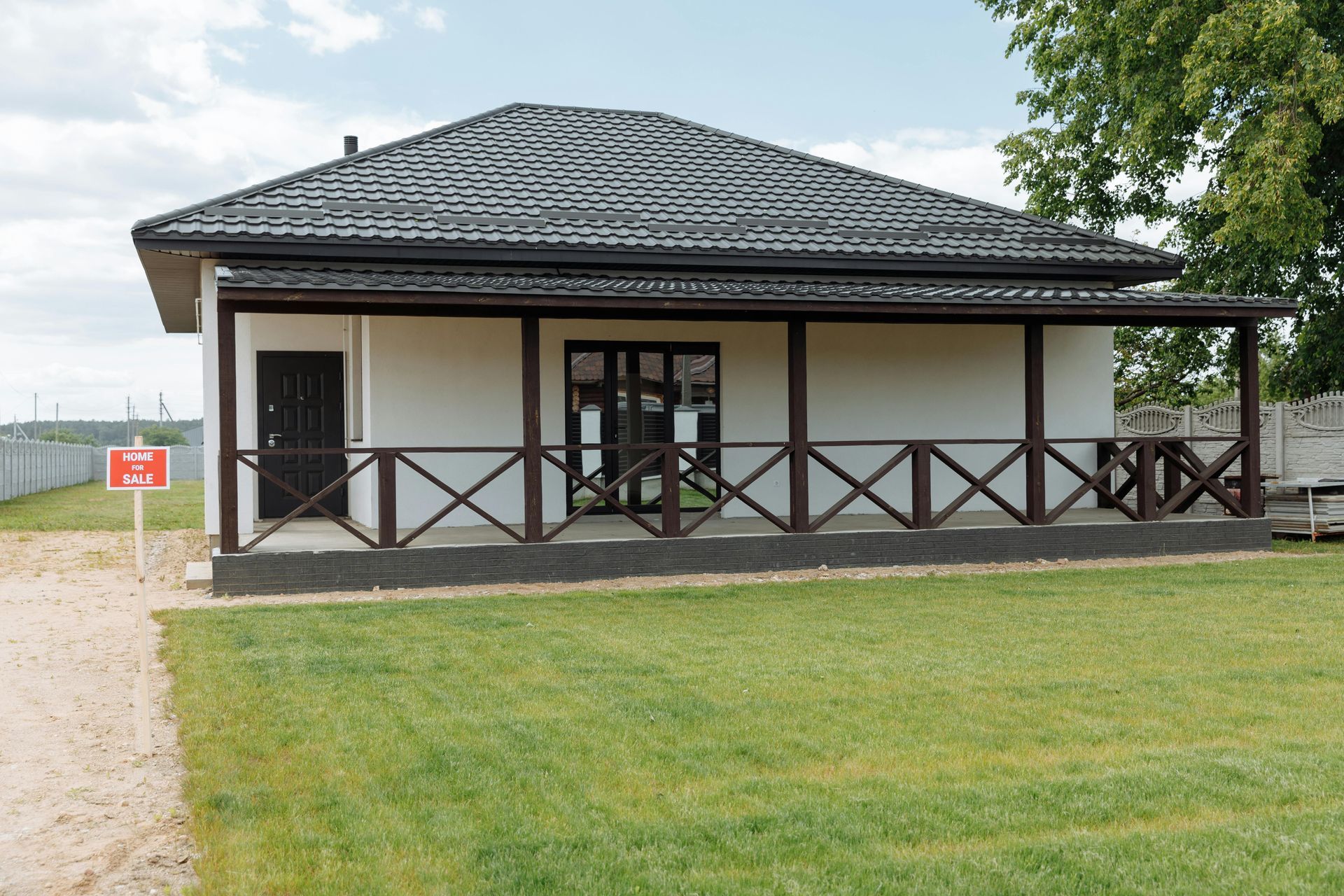Wisconsin Housing Policy, Explained: Highlights from Our Builder–Realtor Wisdom Wednesday Presents Event on October 15, 2025
How new bills on truth-in-planning, subdivision reform, ADUs, residential TIDs, condo conversions, and code changes could unlock more attainable housing across Wisconsin.
Session Recap & Why It Matters
We hosted Brad Boycks (Executive Director, Wisconsin Builders Association) (LinkedIn) and Cori Lamont (VP of Legal & Public Affairs, Wisconsin REALTORS® Association) (LinkedIn) to brief us on fast-moving housing legislation. Together, their organizations represent builders, remodelers, and 17,000+ REALTOR® members across Wisconsin—and they’re in the room where decisions get made.
Bottom line: Wisconsin has a supply problem. We used to average ~30,000 new home permits (1994–2005). In 2024, we were just under 13,000, even after a ~10% uptick. To close a projected 140,000-unit gap by 2030, we need roughly 14,000–23,000 permits per year. That shortage, plus taxes and fees, is why median price sits around $338,000 and the average first-time buyer nationwide now is 38. This package aims squarely at supply-side solutions.
Disclaimer: These are my takes and my notes on what was shared in a jam-packed 55 minute session. I am by no means an expert on these topics, simply a dabbler. This is what I think I heard. Please do your own research as I'm sure I made some mistakes here.
Key Package: What’s in Motion Right Now
1) Truth in Planning (AB 453 / SB 472)
Goal: Make comprehensive plans actually mean something—so builders, developers, and communities gain predictability.
How it works (high level):
- Cities/villages identify where residential is planned and set min/max densities in 5-year increments over 20 years.
- When a rezoning matches the adopted plan, approvals should be more straightforward.
- Includes two TIF housekeeping provisions requested by the League of Municipalities (helped move them to neutral).
- Result: More transparency up front; fewer late-stage surprises.
Reality check: Yes, a community could still signal “no growth.” Predictability cuts both ways — but at least you know where you are wanted, and you can invest accordingly.
2) Subdivision / Chapter 236 Reforms (AB 452 / SB 479)
What changes:
- Formalizes an optional pre-plat meeting for conceptual feedback.
- Allows preliminary (not final) utility/road/stormwater plans at preliminary plat stage.
- Lets municipalities conditionally approve plats and record them before all improvements are installed — so long as improvements complete within a reasonable time.
- Requires the final certifying signature to be recorded within 10 days once issued (Senate may clarify signer title).
Why you should care: In parts of SE Wisconsin, “common-sense” steps weren’t common. This cleans up friction that stalls projects and inflates costs.
3) Commercial Building Code Effective Date (voice-vote passed; awaiting final outcome)
- The Wisconsin Department of Safety and Professional Services (DSPS) moved an updated commercial code (covers multifamily, too).
- After a 2023 court saga, plans under the old code are accepted through Nov 1 (current agency timing).
- The bill on the table would push the new effective date to April 1, 2026 — giving projects already in motion time to land.
Bigger context: A July 8 Wisconsin Supreme Court decision narrowed the Legislature’s role in rulemaking review. Agencies can now move code packages with less legislative back-stop — raising the stakes on staying engaged.
Three More Tools That Could Move the Needle
A) Workforce Housing: Residential TIDs (TIF for Ownership, Not Just Rentals)
What’s new: A separate,
pay-as-you-go residential TID cap (up to
3% of equalized value), including
towns. Focus is
single-family homeownership and the
“missing middle” (smaller homes on smaller lots).
Why it matters: TID dollars can
buy down infrastructure (roads, sidewalks, utilities) that buyers currently pay via lot price — often
$50k–$70k worth. That can bring finished prices into the
high $300s for practical starter product.
B) ADUs (Accessory Dwelling Units), Narrowly Tailored
Wisconsin’s approach:
- By-right only for conversions within existing single-family structures (not newly created detached ADUs).
- Local governments retain regulatory control and can decide short-term rental rules for new ADUs (existing STRs grandfathered).
Use cases: Multigenerational living, caregiver proximity, aging in place — without opening the door to unchecked, detached ADU sprawl.
C) Condo Conversion Grants (Up to $50k for Legal Work)
The idea: Take existing multifamily rentals and convert them to condo ownership.
- Proposed $10 M carve-out (from under-used Main Street Loan Program) to cover legal costs of conversion.
- Tenants get first right to buy their units (not a requirement).
Why this lane: New condo starts are rare due to federal underwriting hurdles and liability. Conversions offer ownership opportunities fast, without ground-up timelines.
NIMBYs, YIMBYs, and the Local Hearing Reality
We asked: “What can REALTORS® do when neighbors pack hearings to oppose density and small lots?”
- Organize the YIMBYs. WRA is working to mobilize “Yes in My Backyard” voices — realtors, clients, employers, and residents who need attainable options.
- Tell better stories. Neighbors often grew up in exactly the kind of modest homes they now oppose. Reframe: “teachers + firefighters buying their first home.”
- Bring facts—and faces. The data is compelling, but human stakes move votes. If you have a live project, WRA (via your local association’s Government Affairs Director) wants to hear from you.
Why So Many Apartments—and So Few Condos or Starter Homes?
- Urban infill sites often pencil better for apartments.
- Condo development faces tough presale and liability hurdles.
- Rents are high statewide, so the risk-adjusted return on rentals has been attractive.
- The package above (residential TIDs + condo conversions + ADUs) is designed to rebalance toward ownership.
Code Change Watch: Don’t Shock the System
Wisconsin’s Uniform Dwelling Code (one- & two-family) has been a statewide standard since 1979 — no local patchwork. There’s pressure to jump to IRC 2021/2024 levels.
- Potential cost impact: $30k+ on some homes if adopted wholesale.
- Capacity constraints (e.g., mandatory blower-door testing) could delay occupancies without phased implementation.
- Expect ongoing Council discussions. Incremental shifts are more likely to protect affordability while advancing performance.
Real-World Translation: What Changes First on the Ground?
- Short-term: Expect smoother pre-plat workflows, faster recording of final signatures, and fewer “install it all before approval” roadblocks.
- Near-term: If the commercial code delay holds, multifamily projects in flight get time to land.
- Medium-term: Watch for residential TIDs in communities ready to champion missing-middle homeownership.
- Ongoing: ADU conversions and condo conversions will roll out where local will + site fit + financing align.
What You Can Do This Quarter
- REALTORS® & Builders: Identify one upcoming project where YIMBY voices could balance the room. Coordinate with WRA/WBA gov-affairs.
- Municipal Leaders: Start mapping 20-year residential areas and density bands now; set your community up for predictable, plan-consistent approvals.
- Developers: Run a pro forma with residential TID for a small-lot, small-home subdivision; quantify infrastructure buy-downs.
- Owners & Tenants: If you manage multifamily, explore condo conversion feasibility and the $50k legal grant concept.
The Bottom Line
Wisconsin can’t price-cut its way to affordability—we must build. This package won’t fix everything, but it clears chokepoints, widens ownership lanes, and restores predictability. If we pair these tools with local courage and organized YIMBY energy, we move from talking about the shortage to solving it.
Work With Us
If you’re a realtor, builder, developer, municipal leader, or employer coalition and want a concise briefing for your team—or help activating YIMBY voices around a specific project—reach out via our contact form. We’ll help you translate policy into approvals, lots, and keys in hand.
Visit our Contact Form to schedule your 30-minute “Wisconsin Housing Policy Briefing” and a custom game plan for your project.
Quick Thanks
Big thanks to Brad Boycks and Cori Lamont for jumping on zoom with short notice for the Senate Housing Committee hearing and bringing clarity to a complex, fast-moving moment. Your work matters.












